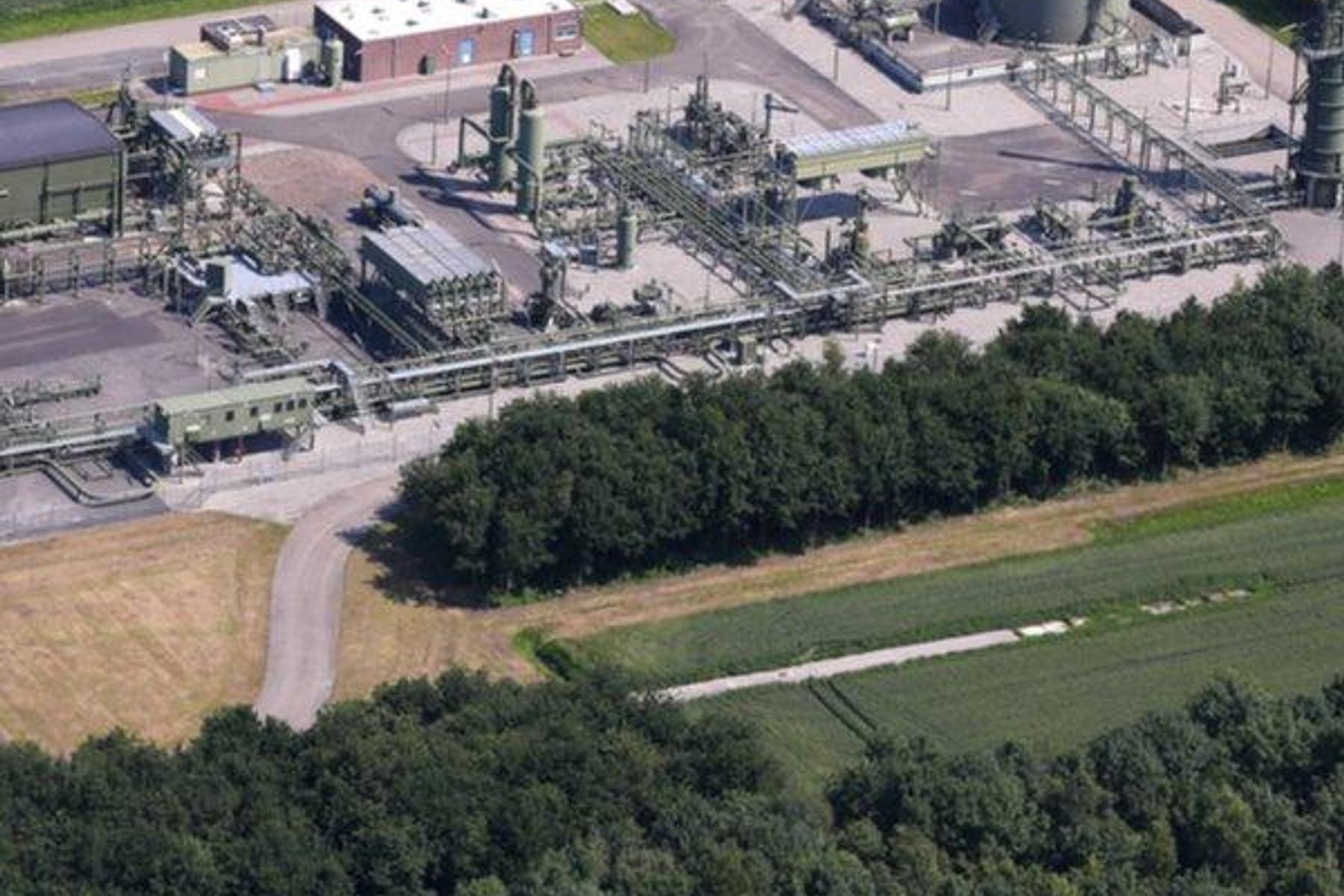The discovery of the Groningen gas field brought significant wealth and energy independence to the Netherlands. It turned the country into a major gas player in Europe. But when the earth literally began to shake to its foundations, it was time to rethink policies and take new measures. What decisions have been made? And are these fair?
In retrospect and looking forward: from the 1970s to 2028
First, let’s have a look at profits made from Groningen gas. From the total of 429 bn euros (inflation corrected to 2020), Shell and Exxon (NAM) got 65 bn, whereas the remaining 364 bn (85%) went to the Dutch government. This skewed percentage is due to an excess profit taxation that prevents oil companies from making excessive profits.Rather than opting for a 100% taxation, the government has stipulated that Shell and Exxon should invest profits made from Groningen in the Netherlands. This resulted in a 22 bn euro investment in Moerdijk — which happened during the 1970s energy crisis.In the 1980s, the government received profits from Groningen gas that accounted for more than 10% of the total Dutch national budget.Since 1969, the costs associated with the Groningen gas production are 28 bn euros. The amount is relatively low for several reasons: the size of the field (it’s possible to produce a massive amount of gas in a small area), the high pressure of the field (production doesn’t require any expensive compressors), and local gas use.A significant amount has been spent on earthquake repairs and constructive reinforcements in the past decade. These tasks are expected to continue until 2028 and cost more than 8 bn euros.Finally, if we look at the overarching picture, total profits made from gas fields in the Netherlands amount to 452 bn euros. So, Groningen has yielded 80% of these profits.
How it all started: a case of happenstance
The Groningen gas field, which is now known as the largest gas field in Europe, was discovered by happenstance in 1959. NAM was looking for oil but found gas instead. The field contained a total of 2,800 bn m3 of gas, making it the 11th largest in the world. So far, approximately 84% has been produced.Gas started flowing in 1963 and peaked in 1976 (at 88 bn m3), when a new decision was made: other (smaller) fields comprised the primary production source, and the Groningen field was used to meet the remaining need.The Groningen gas field has brought significant wealth and energy independence to the Netherlands. But production has also caused approximately 1,600 earthquakes, rendering thousands of homes and buildings unsafe.
The flip side of the coin: earthquakes
The first earthquake was registered in 1986. But it took until 1993 before the Dutch government and NAM acknowledged a link between earthquakes and gas production.The 3.6 scale earthquake in 2012 marked a turning point. It resulted in hundreds of claims. Earthquakes were now considered to pose a safety hazard. Although there were talks of minimizing production, that didn’t happen — it was too costly for the government, which struggled with other austerity packages.By 2014, NAM had received 14,000 claims due to earthquake damages. In the same year, production was slightly reduced (it was 25% less than the previous year). But claims continued to be filed: by 2016, the number had risen to 77,000.
Taking responsibility and making decisions: who’s (held) accountable?
In 2018, it was decided to halt production of the Groningen gas field by 2030. Later, it was changed to 2022 because of imports from Norway and Russia.Due to the current situation with Russia, 10% of the previous production capacity is still used. Final closure of the Groningen gas field is planned for 2024.According to the government, NAM is financially responsible for all damages. Understandably, this has caused friction between Shell and Exxon and the government.The question is whether this is fair. The government received 85% of profits and curtailed production, albeit due to legitimate safety concerns. As a result, a commercial company was effectively limited. So, should all costs be recovered by said company?

